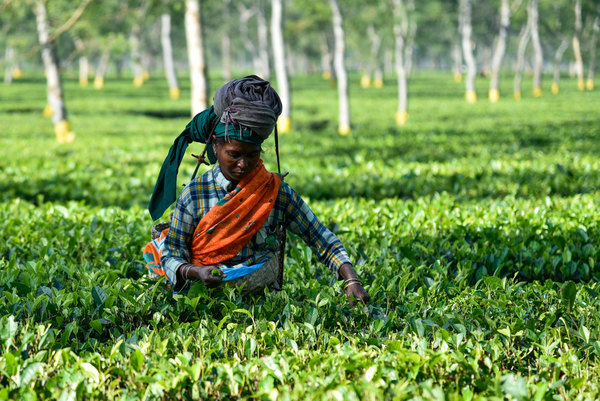Omega oils 3, 6, 7 and 9 – what’s the difference?
Many people are not sure how omega oils feature in their diet and in what quantities they should be consuming them. Considering that many of are not getting even the minimum levels in our diet that are deemed “critical” to health by the World Health Organization (WHO), maybe we should rethink our 'laissez faire' attitude.
CABI’s Good Seed Initiative contributes to seed policy dialogue and review in Tanzania
Photo: Agricultural extension worker of Arumeru district interacting with a seed grower contracted by Alpha seed company in Arusha. Photo credit: Kansiime, CABI CABI’s Good Seed Initiative (GSI) aims to improve the seed systems of small-scale farmers in sub-Saharan Africa and South Asia. A GSI project funded by Irish Aid has been implemented in Tanzania…
Intra-household survey – Tanzania
This blog piece was originally posted on the ASHC blog Over the past few months the GALA delivery team has been trying to understand how households in Tanzania obtained and share information on farming practices. This will help us to understand the effectiveness of different communication approaches in delivering agricultural information to small-scale farmers. It will also help us to reflect on which currently…
Author of the Month, Tourism and Resilience, Richard W Butler
Is resilience the new sustainability? Let us hope not. Or let us hope that the concept does not follow the same path as that of sustainable development, whereby it becomes a sound bite with a variety of meanings, none of them really accurate or definitive, and a catch-all for those wishing to sound environmentally friendly.…
African indigenous vegetables to help fight hidden hunger in Uganda
African Indigenous Vegetables (AIV) are an excellent source of essential vitamins and minerals including micro-nutrients, supplementary protein, fibre and calories. Micro-nutrient deficiency threatens nutrition security and also causes hidden hunger in sub-Saharan Africa. Despite their nutritive value, these vegetables have not been a high priority in national food programmes. As a result, adequate resources have not been allocated to promote…
On World TB day spare a thought for the health care workers.
Health care workers have a risky job when it comes to treating tuberculosis. They can become ill themselves and suffer stigma and job loss. In countries where resources are scarce, this is a strain on the health care system as it loses valuable staff and expertise. There are already difficulties recruiting and retaining health care…
Rainforest biodiversity – provider of services and hope against climate change
Multiple climate records were broken in 2016, according to a report published by the World Meteorological Organization this morning. Hearing about record high global temperature, exceptionally low sea ice, and persistent sea level rise was admittedly not the best start for celebrating the fifth International Day of Forests. Yet we need to be reminded…
How can we inspire young people to pursue careers in agriculture?
Recently I had the opportunity to return to my old university – The University of Sheffield – and take part in a networking event for early career researchers in plant physiology. The event was fully booked and attended by people soon to finish their undergraduate degrees, through to those with a good few years of…
CABI trains partners in developing communication materials on rice in West Africa
James Watiti delivering a presentation at the workshop Poor translation of scientific and technical research outputs is hindering the achievement of development goals. Appropriate communication language and easily understood formats which can then be adopted by farmers is key. To address this challenge, CABI helps facilitate the use of scientific knowledge and expertise in solving…


